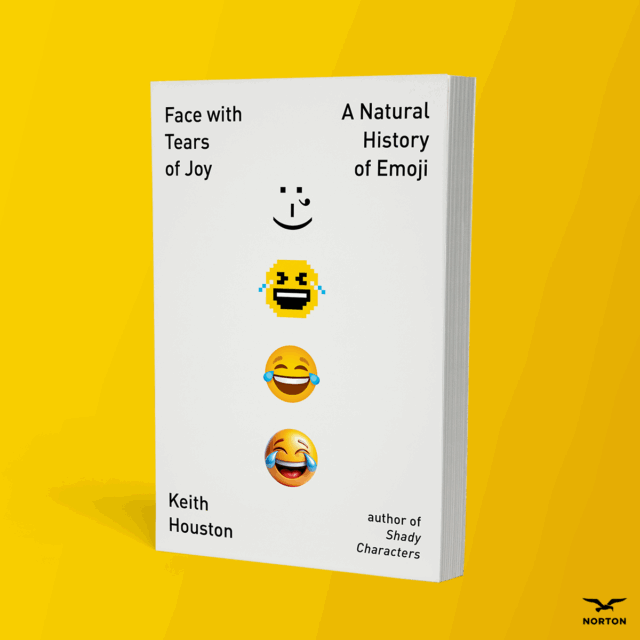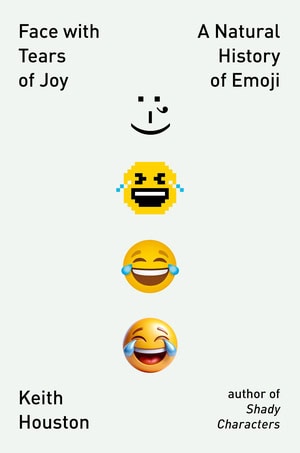First: can I interest you in a periodic table of emoji? As I wrote last time, I had a lot of fun putting one together and I hope you’ll get a kick out of it too. If you scroll past the table itself, you’ll find copious details on what it is, how it works, and why I put together.
The invention of the numeric telephone keypad will be a familiar subject to long-time readers of Shady Characters, thanks largely to its promotion of the hash mark, or octothorpe (#). More recently, in Empire of the Sum, I wrote about the simple “ten-key” adding machines that appeared from the turn onwards, and how their familiar 3 × 3 + 1 keypad may have influenced the later telephone layout. This is pretty plain to see: put a calculator and a Touch-Tone telephone next to each other, and you’ll see that the main distinction between the two is that the top and bottom rows of their respective keyboards are transposed.
Even so, I didn’t dig too deeply into the history of those ten-key adders. I was intrigued, then, by Francesco Bertelli’s “brief history of the numeric keypad”, as published at a new design website called DOC, in which Bertelli explains where the first ten-key adder keypad came from:
In 1914, David Sundstrand, a Swedish-born American man, filed patent №1198487 under the name Sundstrand Corporation. […] He rearranged the keys in a more “logical, natural configuration.” It was based on a 3×3 layout, beginning with 789 at the top and a larger 0 at the bottom. It could be operated with one hand, which made it “the fastest keyboard of all adding machines.”
There’s lots more to read on the subject in Bertelli’s article, and the art direction is excellent too.
*takes out pipe, leans back in armchair* When I was much younger, sonny, I was a guest on Michael Rosen’s Word of Mouth programme on BBC Radio 4. We discussed the history of punctuation in general, and detoured to take in some less well-known symbols such as the interrobang and the many irony marks that have come and gone over the years.
It was a pleasure, then, to hear a recent episode in which Michael talks to Christian Ilbury, a lecturer at the University of Edinburgh, about changes in punctuation practice. One topic in particular stuck out: the death of the full stop, which Michael and Christian discuss at around 7:30 into the programme. Only as Christian says, and as we’ve seen here before, it’s a little more nuanced than that. The medium of the instant message, with its self-contained text bubbles or other graphical affordances, means that a full stop isn’t always needed to end a message.
In turn, we might then wonder what someone means when they use a full stop in a medium that doesn’t need them. This is also something we’ve touched on here (in fact, in 2013 I talked to Ben Crair of the New Republic on exactly this topic), but the consensus seems to be that an unnecessary full stop can come across as somewhat aggressive. Apropos of an intriguing social media post by Unseen Japan, a website on Japanese culture and current affairs, I now learn that the combative full stop has made it to Japan as well. It reads:
A Japanese app wants to end so-called “full-stop harassment” (maru-hara). The Simeji mobile keyboard will help translate sentences ending in periods to ones ending in emojis so older texters don’t scare young Japanese who say full stops in SMS are “scary.”
What a prospect! Are full stops (‘。’) so disturbing to younger Japanese people that they must be removed at all costs? Which emoji might we use instead? Unfortunately, this single social media post is as far as it goes. I’d love to learn more, so if any Japanese speakers can shed more light on the story, please leave a comment!

